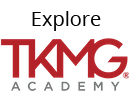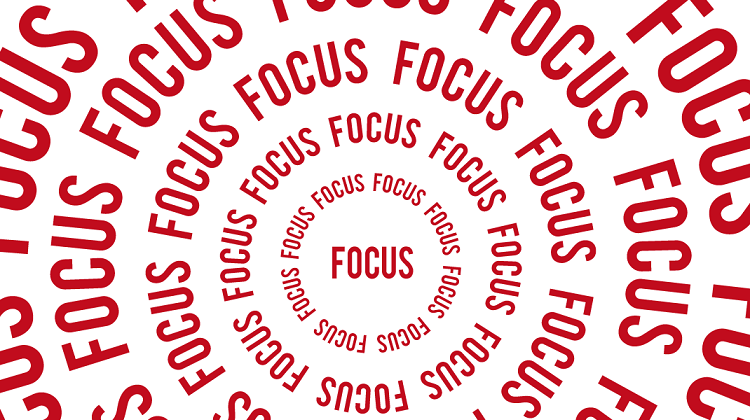

Outstanding organizations—indeed outstanding individuals—are highly proficient in two related skills: prioritization and focus. They don’t flit from one project or goal to the next, in many cases never completing them (or completing them well). They are masters at ignoring distractions, except for those rare situations where truly unexpected and urgent conditions require a change in plans. They do not suffer from organizational ADD (attention-deficit disorder), which plagues many companies, non-profits and government agencies.
How are they able to focus? As I explain further in The Outstanding Organization, first, they are supremely clear about what matters, what their customers want, the root causes for problems, and so on. Second, they achieve consensus. They don’t put their resources toward developing a new product if the marketing department needs those same resources for a geographic expansion project. Everyone moves in the same direction instead of one part of the company pulling to the left, while another pulls to the right.
How are they able to achieve consensus? There are many means, but one way is to use a prioritization tool that ranks goals, improvement ideas, and projects by three criteria: execution ease (vertical axis), organizational benefit (horizontal axis), and degree of urgency (bubble size).
Outstanding organizations galvanize the workforce by focusing first on those development projects and improvement activities that rank highest in terms of ease, benefit, and urgency. Once those projects and activities are complete (and done well), they move on to the next one, and then the next one. By working on fewer projects at a time, you avoid the productivity-sapping and stress-inducing problems associated with switchtasking. (Multitasking two cognitive activities is a myth.)
You can prioritize more effectively and apply focus from wherever you sit in your organization: from creating strategic plans at a corporate level to getting the best results from small work teams.
Remember: clarity first, then focus. To download the Excel prioritization tool shown above, click here and watch your results soar.
Shirley – I’m thrilled that you found the book so helpful and very much appreciate your reviews on both Amazon and your blog. It’s deeply rewarding for a writer to know that her work is making a difference. All the best for continued success!
by Shirley Fine Lee
I liked The Outstanding Organization book so much that I gave it a 5-star review on Amazon and posted a few highlights from it on my To Be Productive blog at https://2bproductive.blogspot.com/2012/08/becoming-outstanding-organization.html. This book will be a great tool in future goal-setting and improvement meetings.